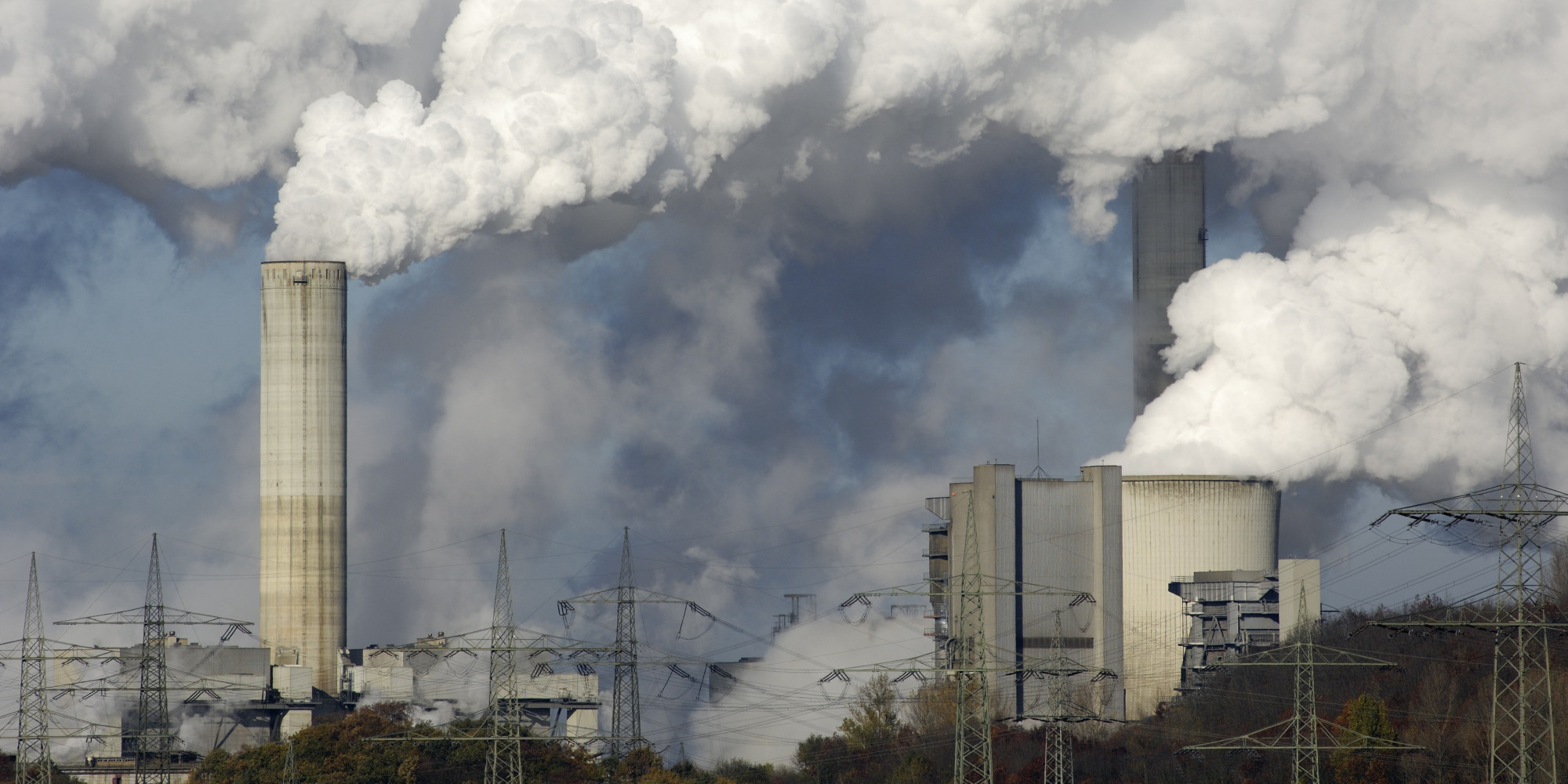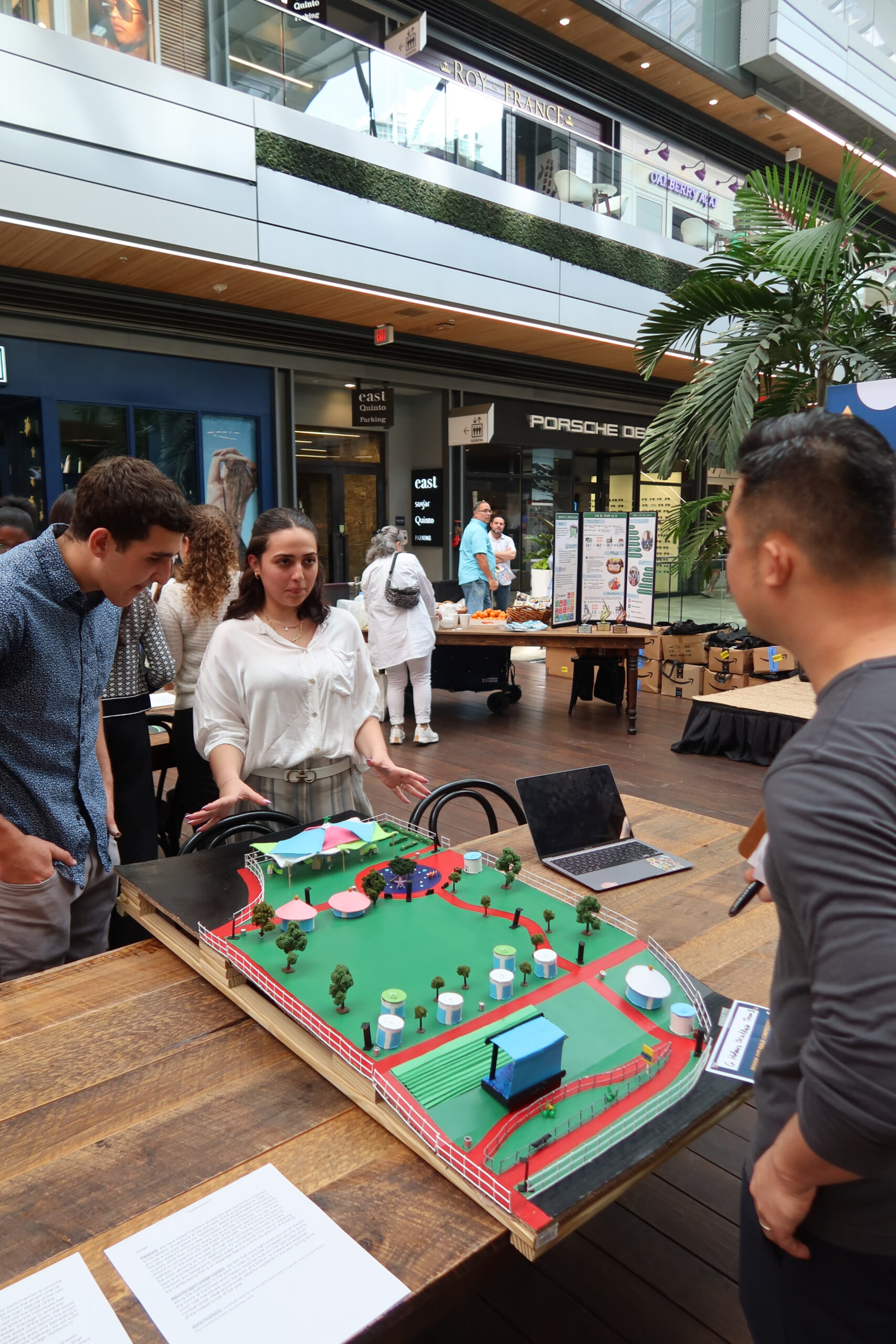When you turn on that light in your bedroom the last thing on your mind is where that power came from. You never envision enormous power plants continuously burning fossil fuels or natural gas emitting pollutant gases into the atmosphere, into the air you breathe. The fact that energy production and use is the biggest contributor to air pollution is far from your mind. You do not think about the negative impacts on the environment or the 6 million people worldwide that die every year from air pollution1. You might not sleep as soundly if you did.
When we do end up thinking about it there is a common misconception that air pollution is a big industry problem and that government regulation is the only solution. Most people are not confident that making simple changes in their daily lives will affect the way large companies operate. If we decrease our dependency on energy through smarter purchasing choices and implement lifestyle changes, people can help to improve air quality.
While this may seem like a daunting task, one of the easiest ways to start is to switch the lightbulb in your bedroom to a higher efficiency one, like light emitting diodes (LEDs). LEDs use 85% less electricity than incandescent bulbs and their price tag has dropped by 94% since 20082. These two factors have helped the U.S. see a jump of households that use at least one energy-efficient lightbulb from 58% to 86% from 2009 to 2015. While LED bulbs save consumers money on their utility bills by decreasing energy consumption, what are other positive effects of LEDs? A study by the U.S. Energy Information Administration predicts that the increasing popularity of LED lights over the next 20 years will reduce annual retail electricity sales by 300 billion kilowatt hours. Lowering electric sales means a shift in energy production and ultimately reducing pollutant emissions by power providers.
Increasing knowledge about the effects of energy production while promoting sustainable behaviors is the core focus of Dream in Green’s Water and Energy Learning and Behavior (WE-LAB) program. WE-LAB’s goal is to educate more people about the connection between water and energy and how making conscious efforts to conserve them at home will have a positive impact on the environment. Workshops are offered at middle schools, community centers, hospitals, and universities in Miami and Broward Counties. Giveaways including LED bulbs, low-flow showerheads, and reusable water bottles encourage immediate behavioral changes but the information learned helps to make those impacts long term and wide spread throughout communities. If you have an interest in hosting a WE-LAB workshop please contact Alexandra Ender, Program Manager at
al*******@dr**********.org
.
Every person contributes to air pollution and can do their part at home starting today. Governments are not the only ones that can take action against air pollution. Becoming a conscious and educated consumer, implementing sustainable practices, and instilling knowledge within communities can all lead to major consequences of the best kind for our environment and health.
1 International Energy Agency, 2016. Energy and Air Pollution: World Energy Outlook, Special Report.
2 U.S. Department of Energy, 2016. The Future Arrives for Five Clean Energy Technologies-2016 Update.






